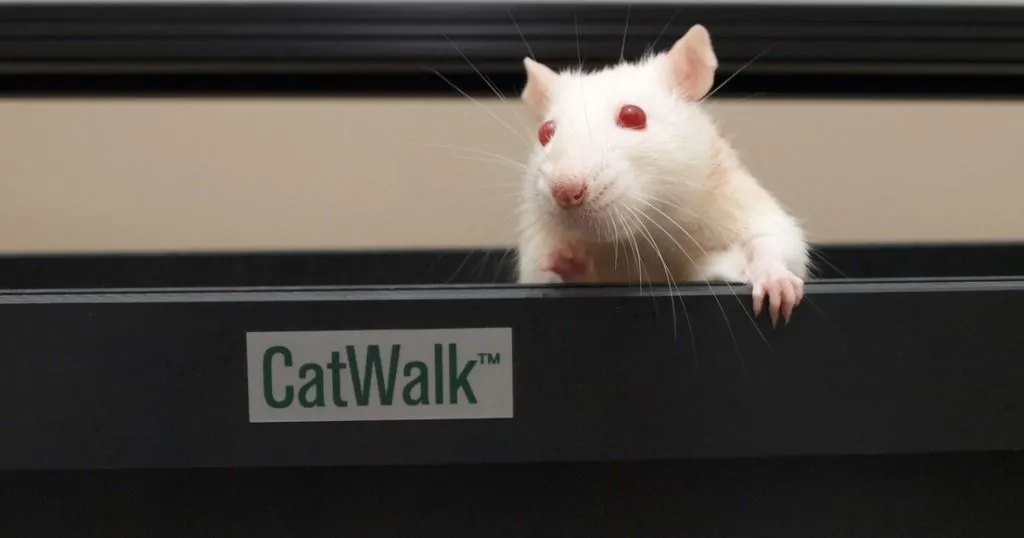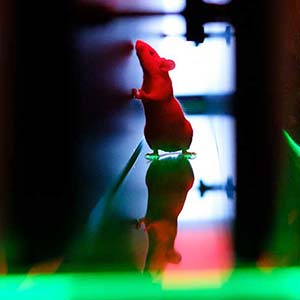Assessing motor outcome in rats with peripheral nerve injury
At LBI Trauma, CatWalk XT is one of the most important tools to evaluate functional recovery in different animal models. Read more about what they found to be key factors when studying motor performance in rats with femoral nerve injury.
Posted by
Published on
Wed 08 Apr. 2020
Topics
| CatWalk XT | Gait | Gait Analysis | Motor Performance | Rats |
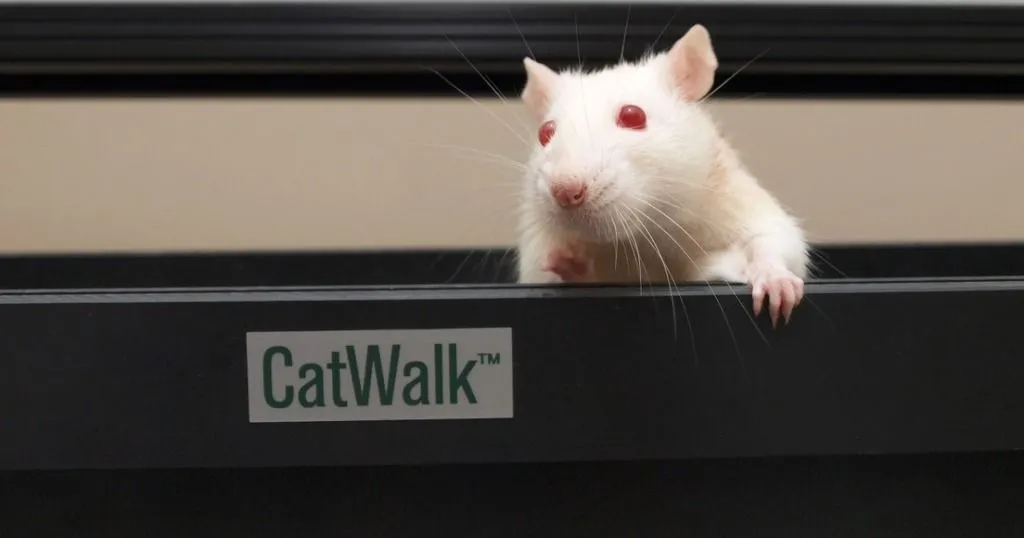
This is a guest blog post by Johannes Heinzel. He has done some really interesting research with the CatWalk XT device to assess functional recovery in rats with femoral nerve injury. Enjoy reading!
About the Ludwig Boltzmann Institute for Experimental and Clinical Traumatology (LBI Trauma)
At LBI Trauma more than 80 researchers and associates investigate the broad field of traumatology and intensive medical care. Within our group we focus on all areas of neuro regeneration, from spinal cord to peripheral nerves, from cell culture to large animal models, from bench to bedside.

The CatWalk XT is one of our most important tools to evaluate functional recovery in different animal models of central and peripheral nerve injury. While the CatWalk XT is mostly used to study locomotor function in rats with sciatic nerve injury and spinal cord contusion, we recently pioneered its use to study gait behavior in rats with femoral nerve injury. Interestingly we were able to show that functional recovery to original condition was observable after segmental nerve damage and autograft repair in this model, contrasting the sciatic nerve model. Key factors which were of high importance to gain this new insight are listed in the following sections.
It’s all about the pressure
As the CatWalk XT system records data related to the pressure exerted by the rodents’ paws it is of high importance to consider this for your experimental setup.
Initially, animals will be relatively light weighted and therefore signals will be of lower intensity than at the end of your experiments (strongly depending on the strain and sex used). Take care to carefully adjust the intensities of the green-light and red-light sources of the CatWalk XT before starting any experiment. On the other hand, make sure the glass plate is not contaminated with urine or other liquids, as it will lead to blurring of the paw prints. Take care to clean and swipe the CatWalk XT thoroughly between runs to keep it dry and clean [1].

Speed and strain
Both, your rats strain as well as their speed while crossing the CatWalk XT will significantly affect some of the parameters of gait recorded. Therefore, it is crucial to control the crossing speed to make individual runs and trials comparable. Study the behavior of the respective rat strain you chose for your experiment, as strains differ in terms of their gait behavior in general and at different walking speeds. While the different patterns of how they place their paws while crossing the walkway is not significantly speed dependent in uninjured Sprague-Dawley rats and Wistar rats, Lewis rats will significantly alter these patterns when running at higher velocities [1-3].
Regeneration needs time
Make sure to select an appropriate observation period for your respective peripheral nerve injury model. While it takes about ten weeks for rats to recover their gait behavior back to baseline after femoral nerve excision and repair [4, 5], rats with sciatic nerve excision and repair may not recover back to baseline values even a year after injury. On the other hand, when you assess motor outcome in rats with sciatic nerve crush injury, several parameters will reach baseline values around six to seven weeks after nerve injury [6, 7].
Be prepared to go the distance twice (or three times)
Studying functional behavior in small animal models essentially means: Practice makes perfect.
As it needs time, practice and patience to learn how to handle the animals adequately, it is inevitable that you will learn some important aspects of their locomotor behavior after you finished data acquisition. While you will become more experienced and confident in identifying individual paws you will realize you have been doing it wrong in previous data sets. Do not hesitate to return back to already classified data and to apply your newly gained insight.
Conclusion
Assessment of functional recovery via the CatWalk XT device is a highly valuable tool to evaluate locomotor function by means of a voluntary movement task. In addition, its use in the femoral nerve model as proposed by us, offers the possibility to monitor regeneration to original condition after nerve resection and autograft repair, contrasting the most commonly used sciatic nerve model. As other models of peripheral nerve injury remain unstudied with the CatWalk XT so far, we strongly recommend applications of the beforementioned principles to optimize data acquisition and classification. We are convinced that optimal use of the CatWalk XT will result in optimal gain of knowledge regarding the studied model of peripheral nerve injury.
Contact Information
Ludwig Boltzmann Institute for Experimental and Clinical Traumatology
Neuroregeneration Group
Donaueschingenstraße 13
1200 Vienna
Austria
https://trauma.lbg.ac.at/en
Recent Publication
Heinzel, J.C., D. Hercher, and H. Redl, The course of recovery of locomotor function over a 10-week observation period in a rat model of femoral nerve resection and autograft repair. Brain Behav, 2020: p. e01580.
References
1. Deumens, R., et al., Assessing motor outcome and functional recovery following nerve injury. Methods Mol Biol, 2014. 1162: p. 179-88.
2. Koopmans, G.C., et al., Strain and locomotor speed affect over-ground locomotion in intact rats. Physiol Behav, 2007. 92(5): p. 993-1001.
3. Cheng, H., et al., Gait analysis of adult paraplegic rats after spinal cord repair. Exp Neurol, 1997. 148(2): p. 544-57.
4. Hercher, D.K., M.; Schuh, C. M.; Heinzel, JC.; Gal, L.; Stainer, M; Schmidhammer, R.; Hausner, T.; Redl, H.; Nógrádi, A.; Hacobian, A., Spatiotemporal differences in gene expression between motor and sensory autografts and their effect on femoral nerve regeneration in the rat Frontiers in Cellular Neuroscience, 2019.
5. Heinzel, J.C., D. Hercher, and H. Redl, The course of recovery of locomotor function over a 10-week observation period in a rat model of femoral nerve resection and autograft repair. Brain Behav, 2020: p. e01580.
6. Bozkurt, A., et al., Aspects of static and dynamic motor function in peripheral nerve regeneration: SSI and CatWalk gait analysis. Behav Brain Res, 2011. 219(1): p. 55-62.
7. Bozkurt, A., et al., CatWalk gait analysis in assessment of functional recovery after sciatic nerve injury. J Neurosci Methods, 2008. 173(1): p. 91-8.
Related Posts
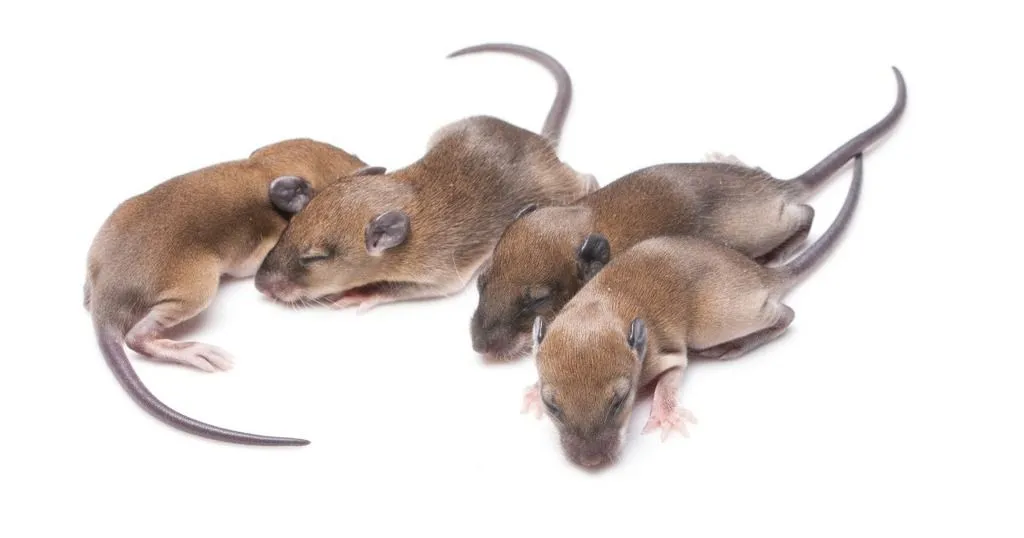
In utero alcohol exposure, the effects on brain and behavior
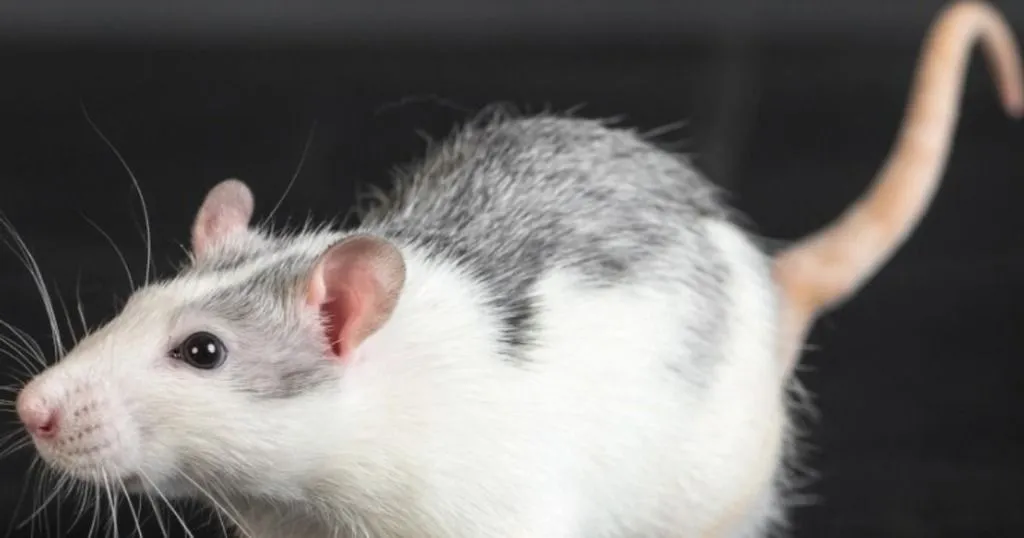
Vestibulopathy: movement and balance issues investigated in rats
